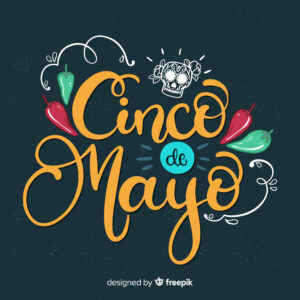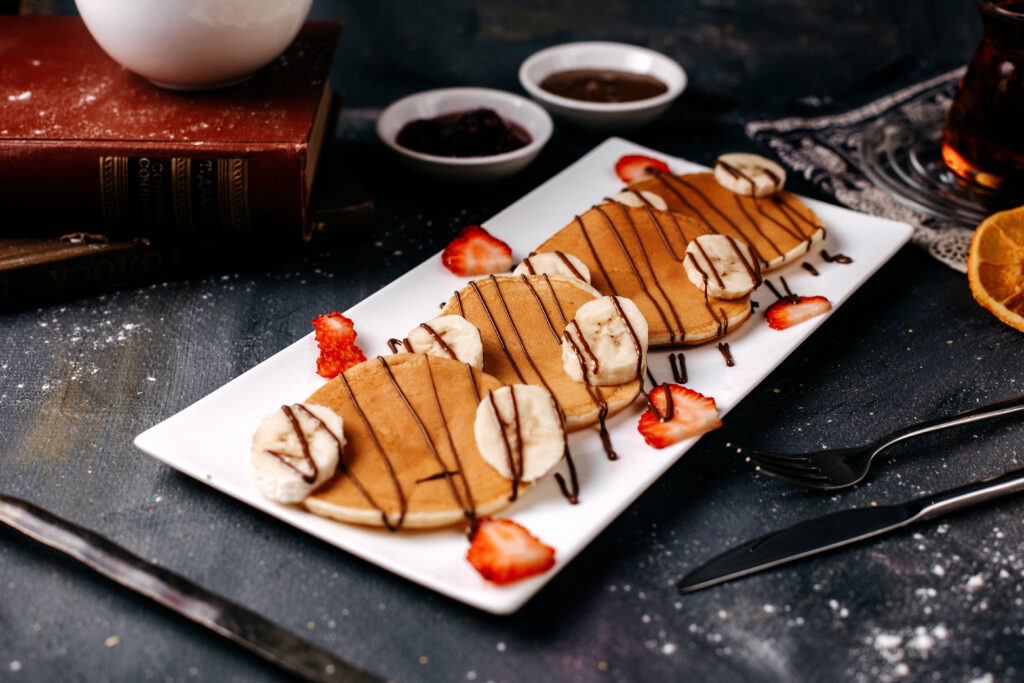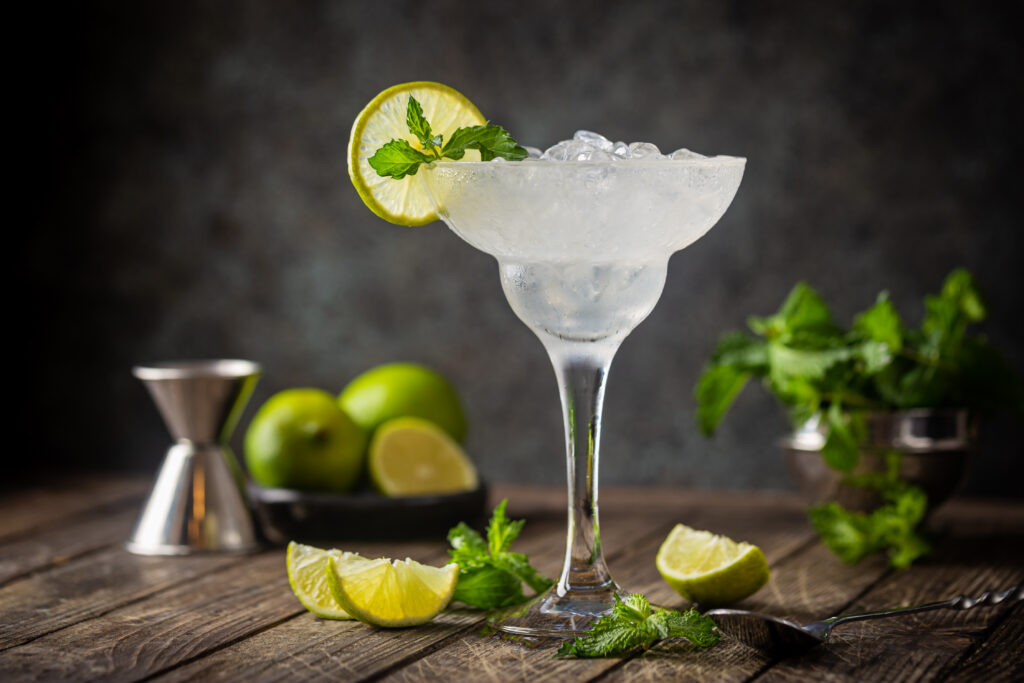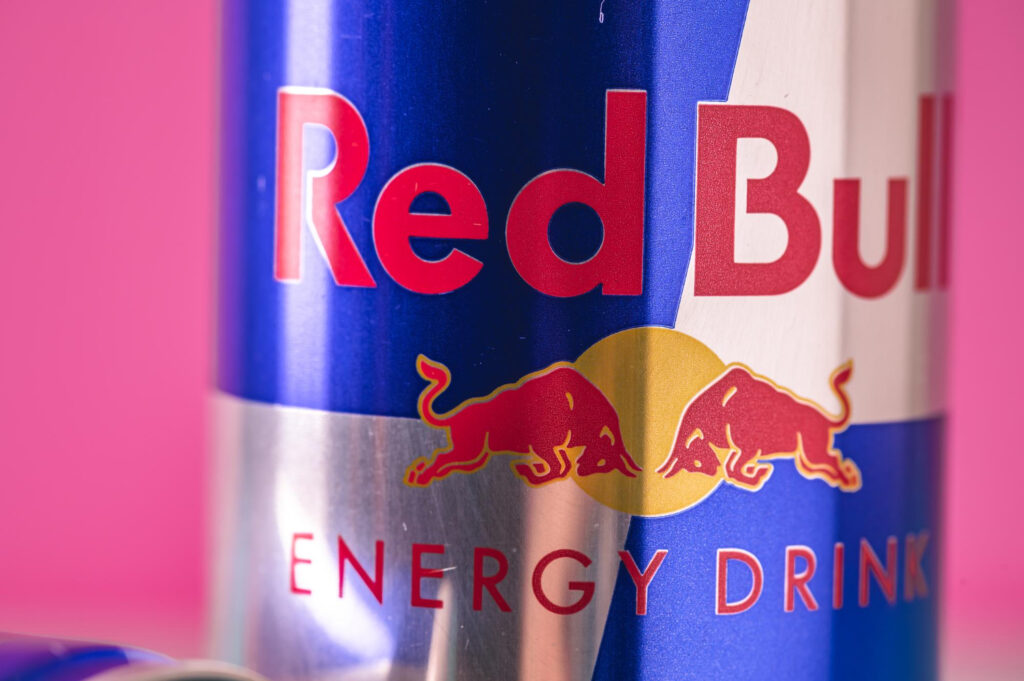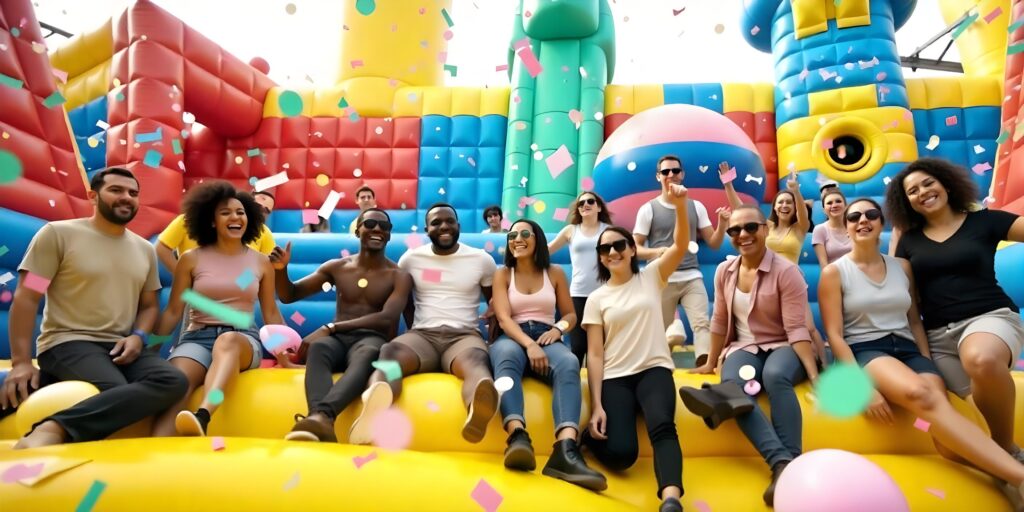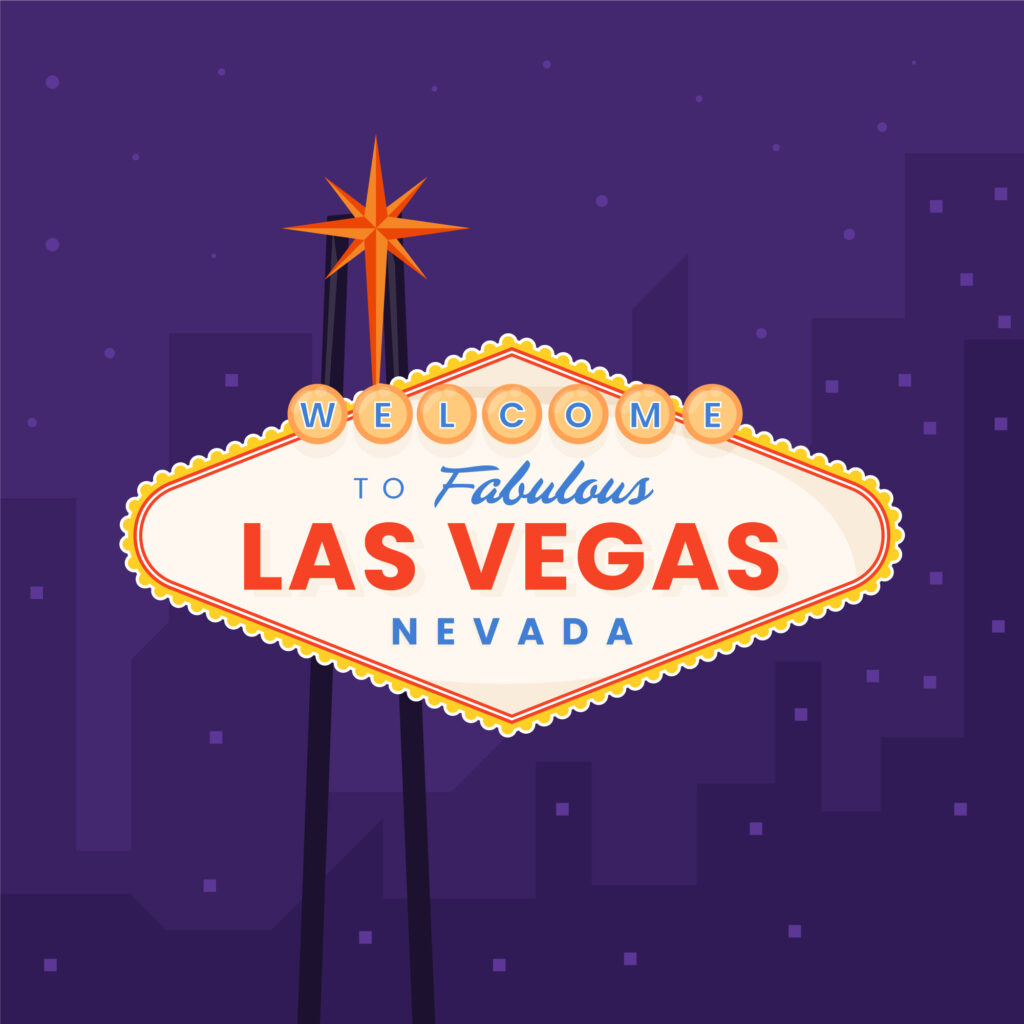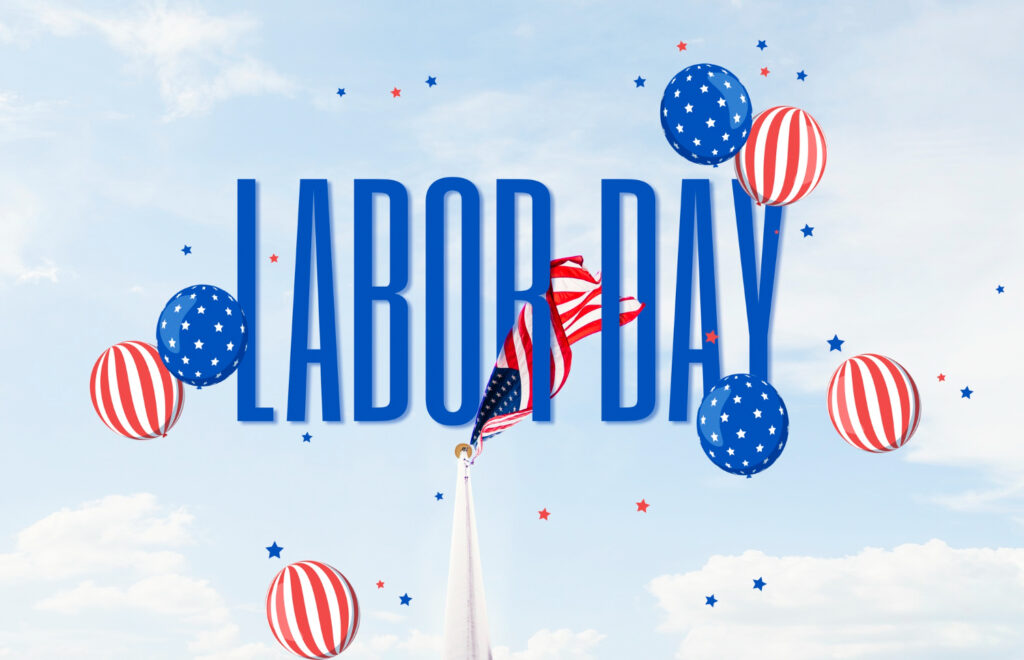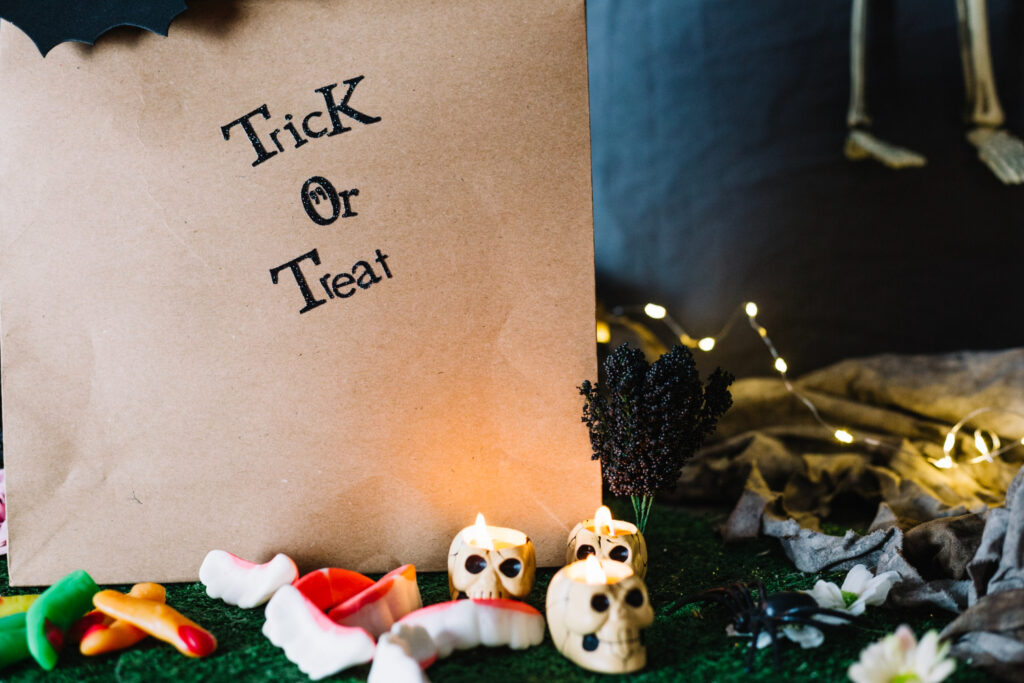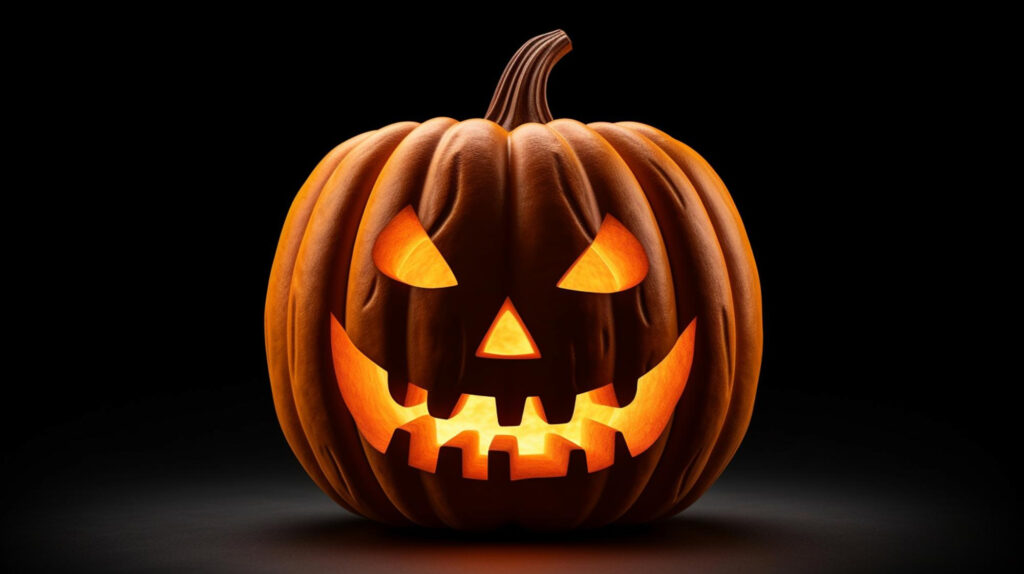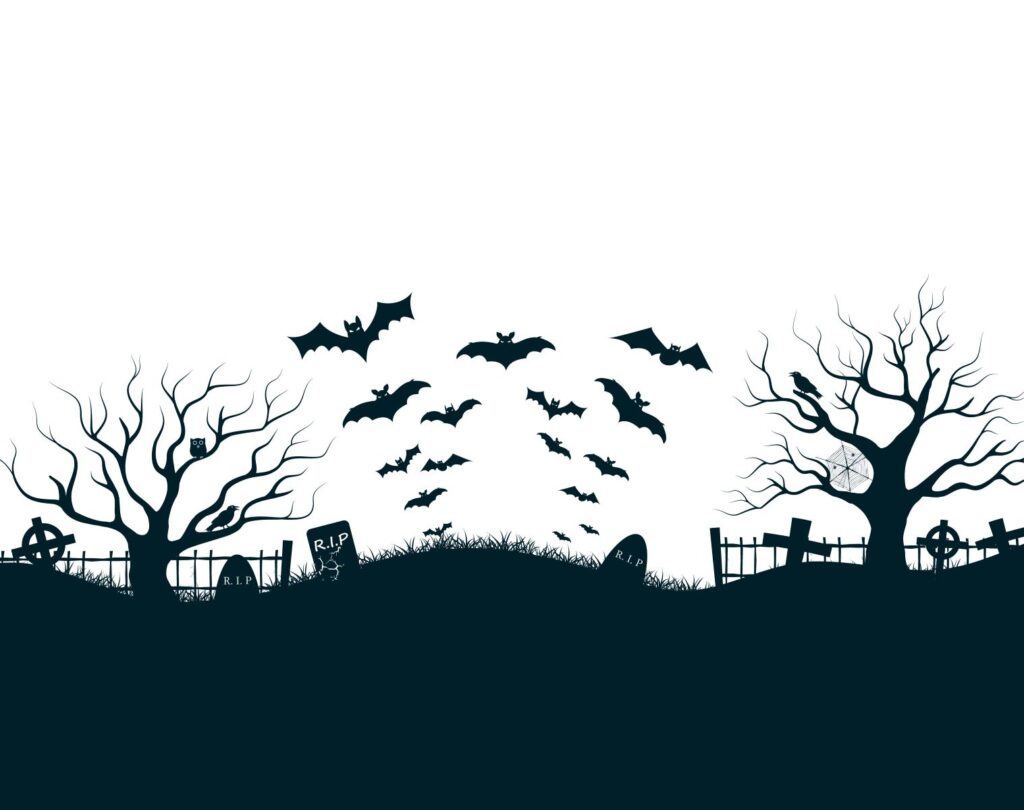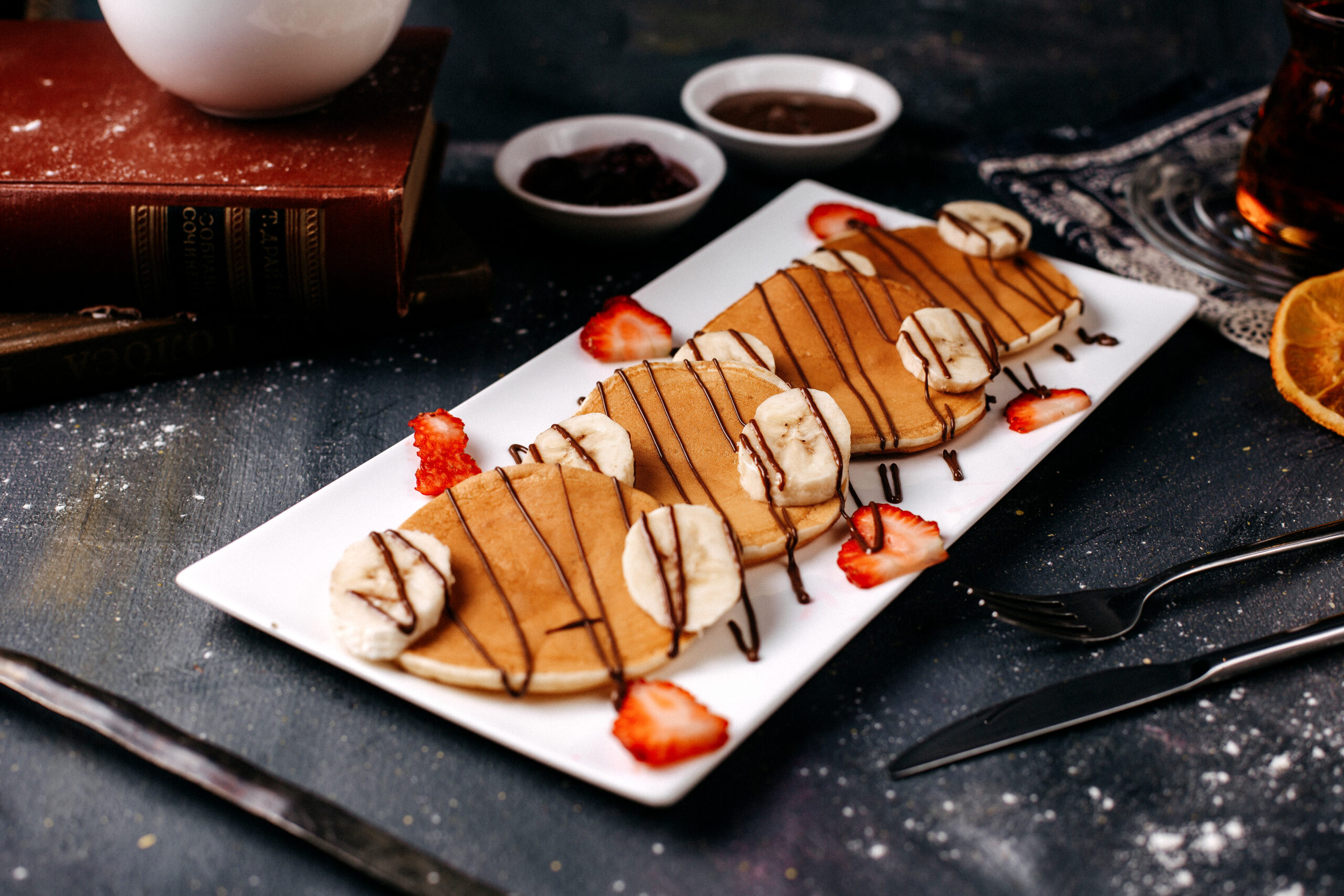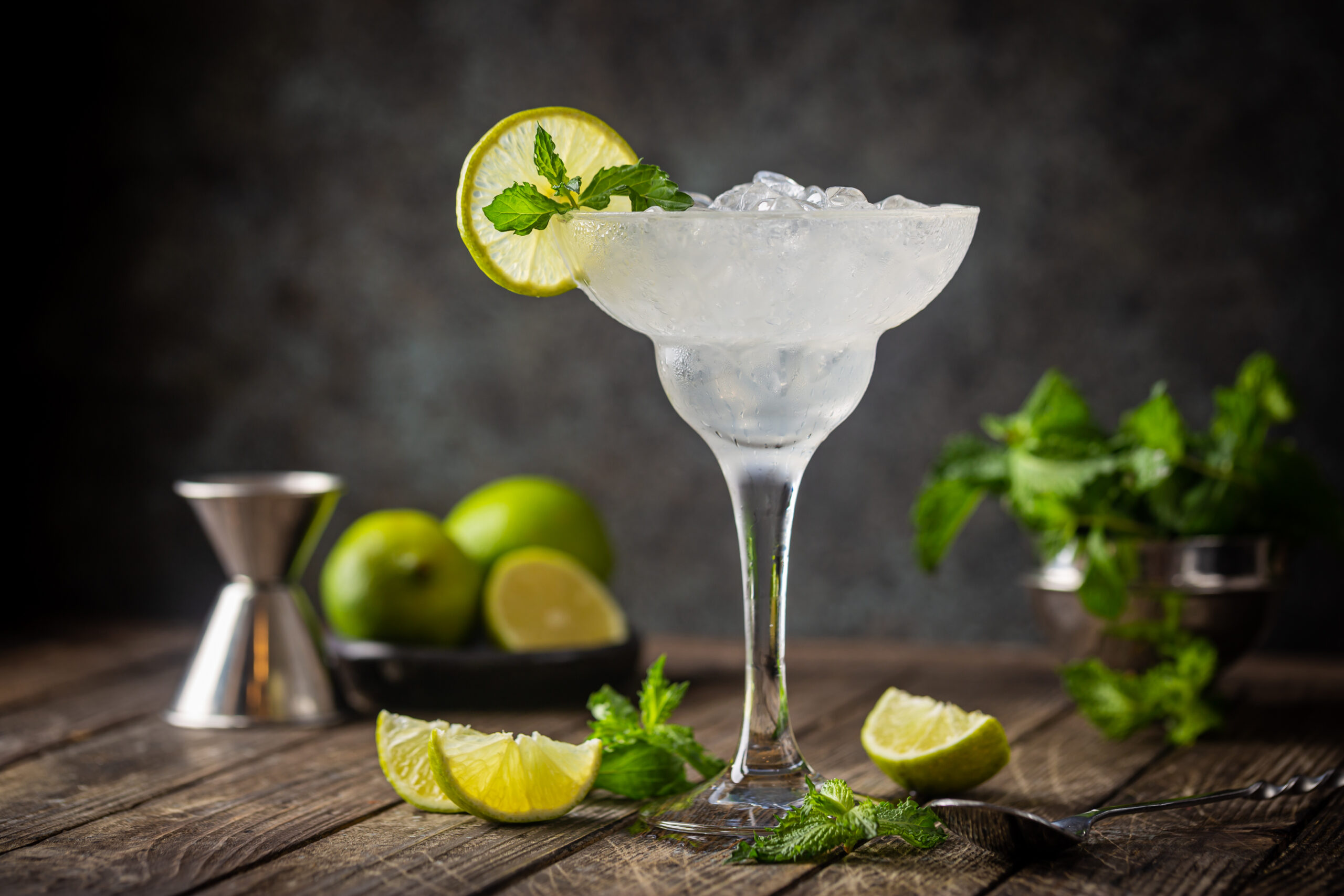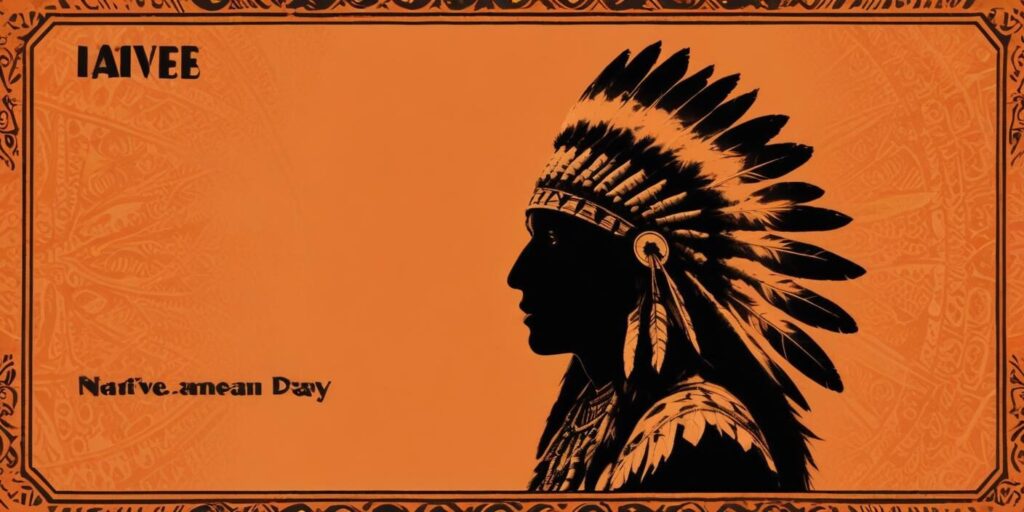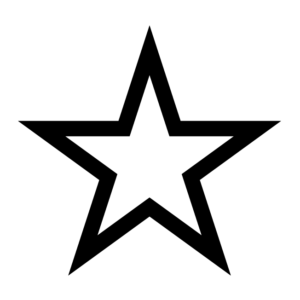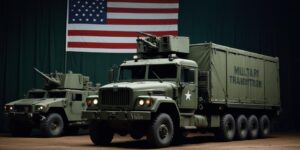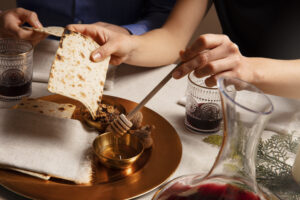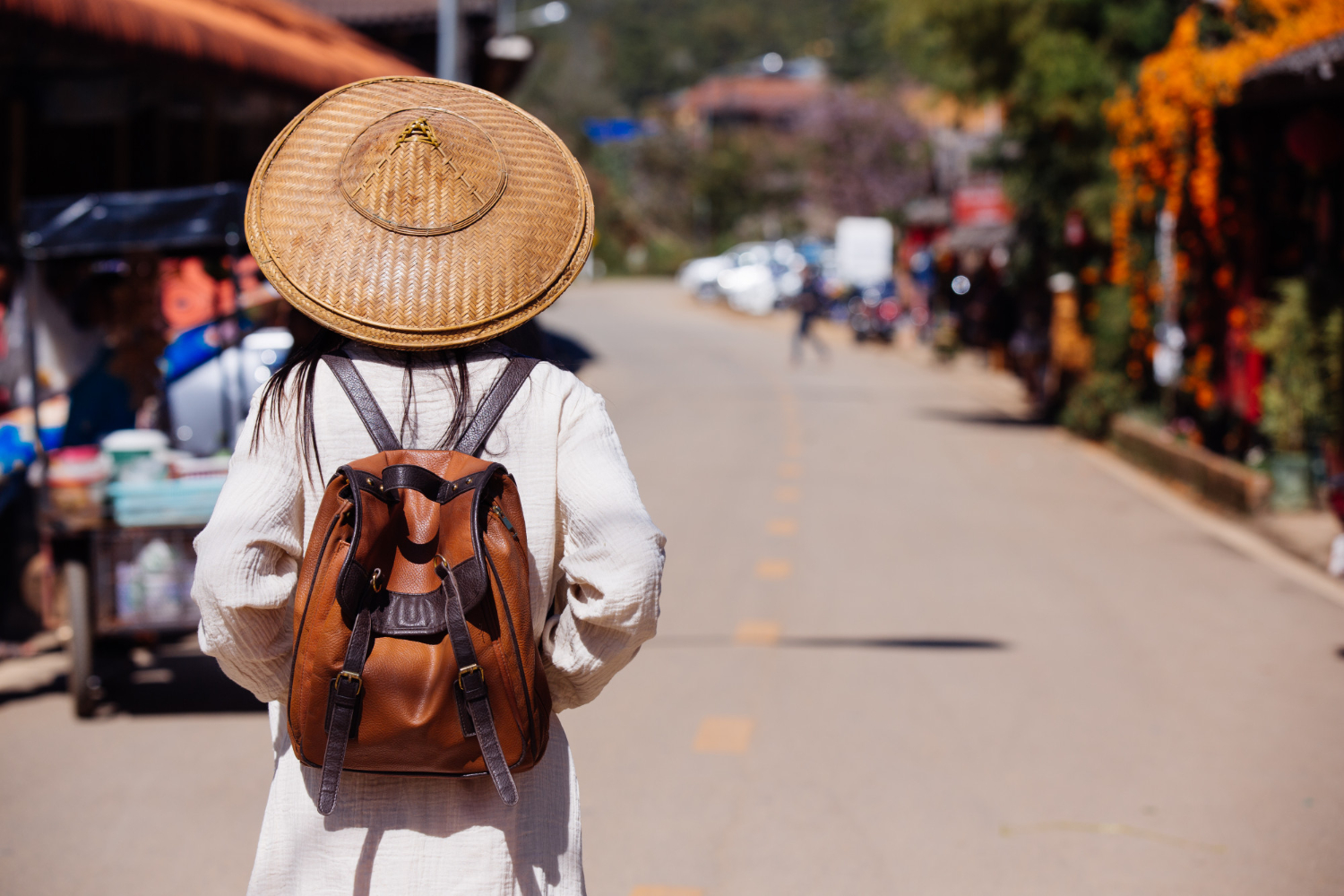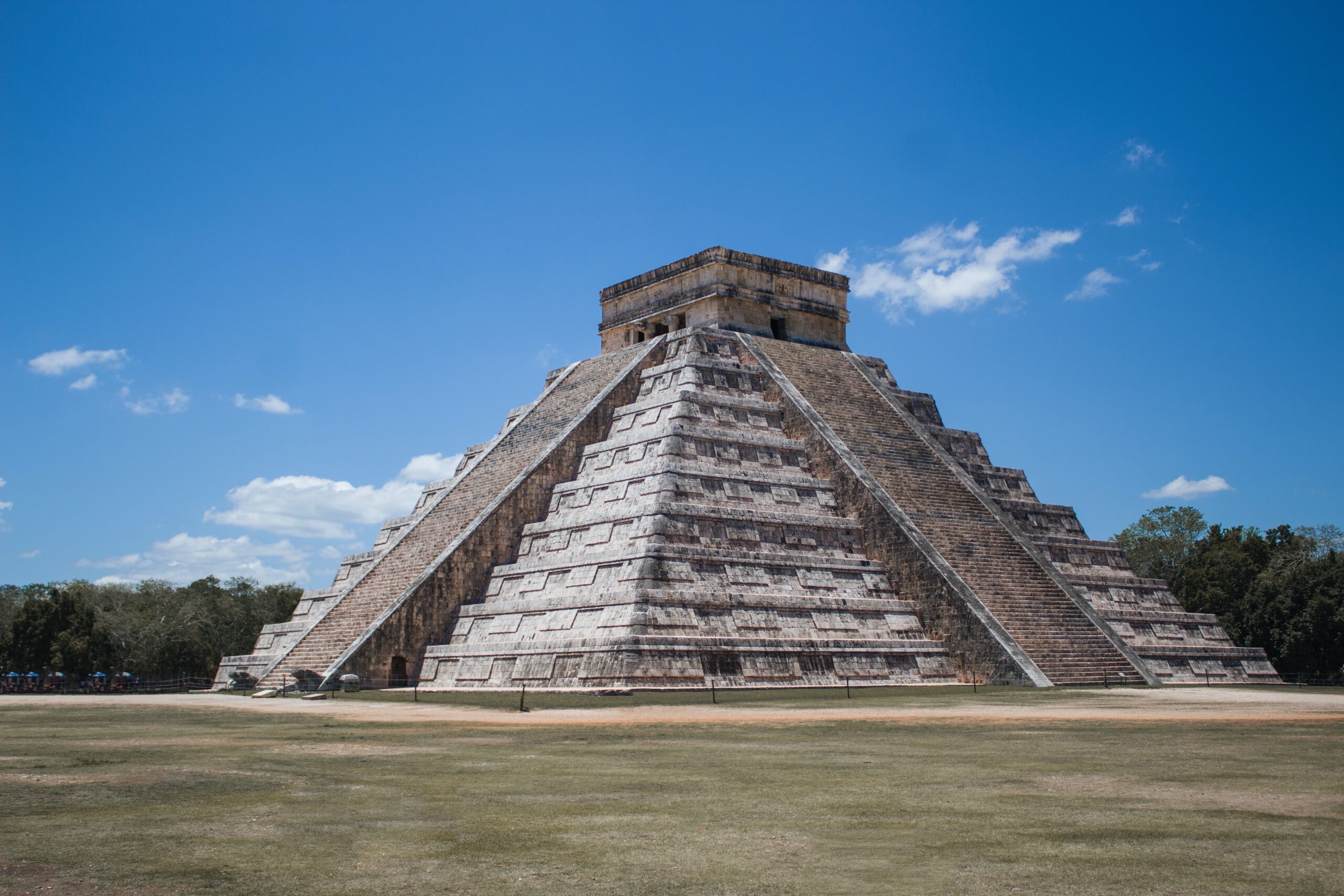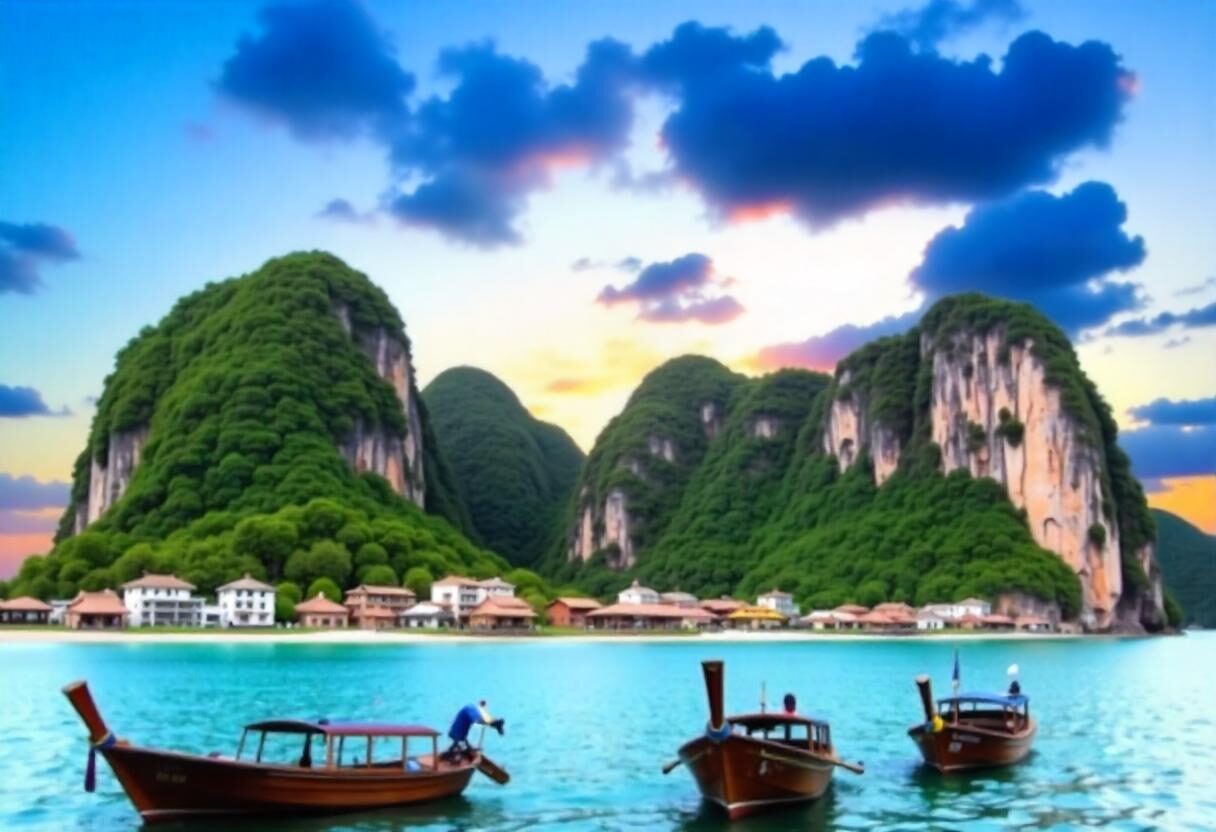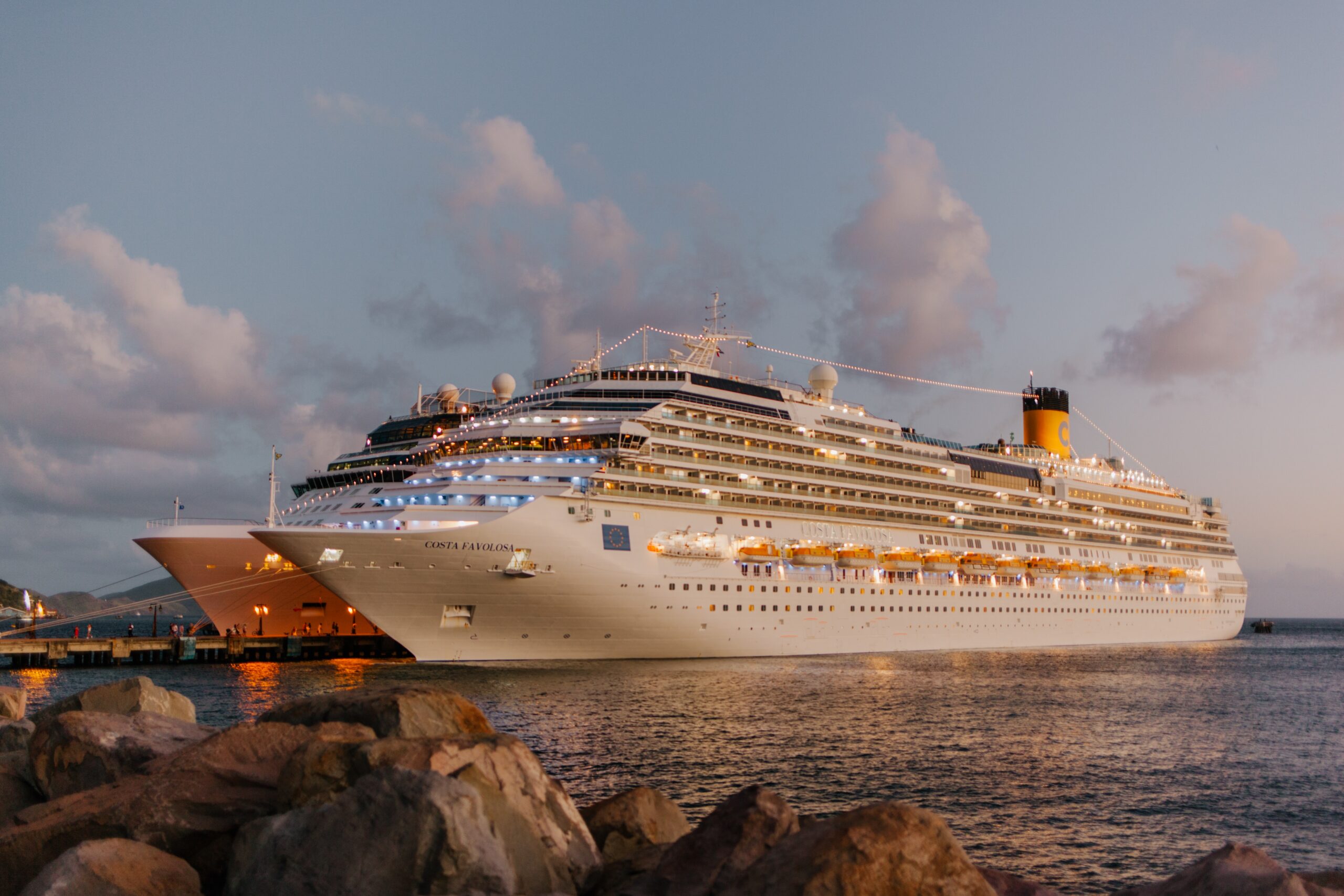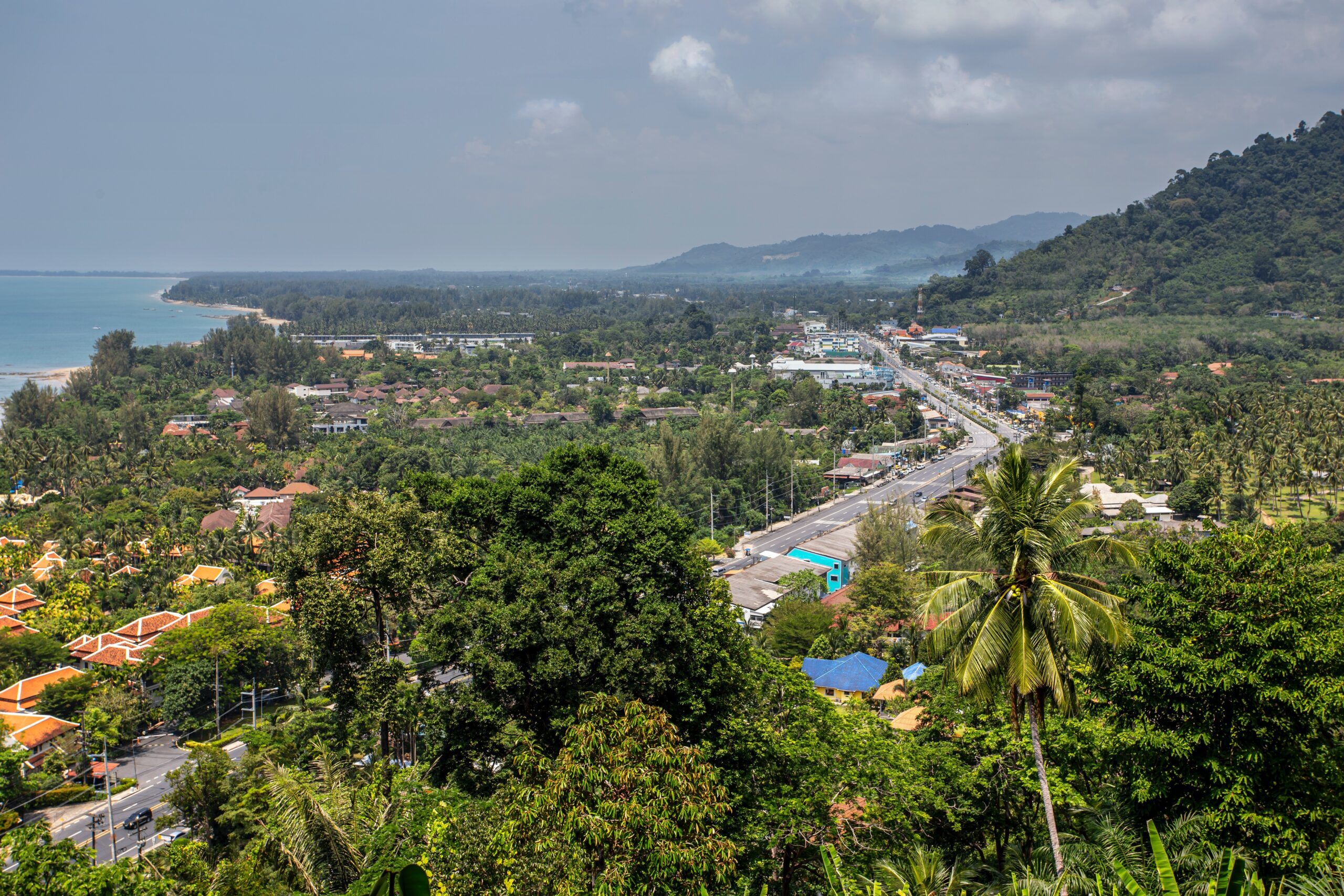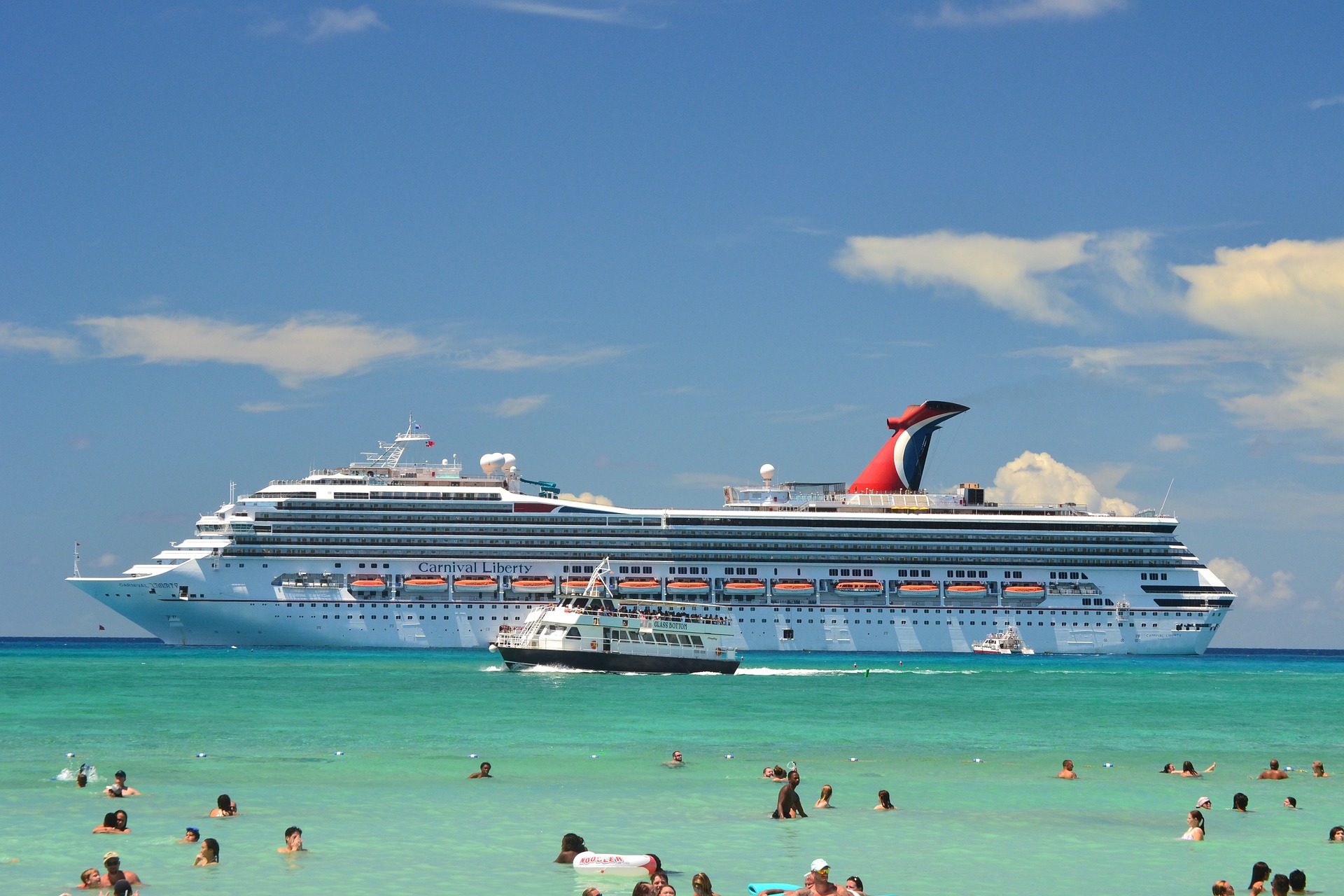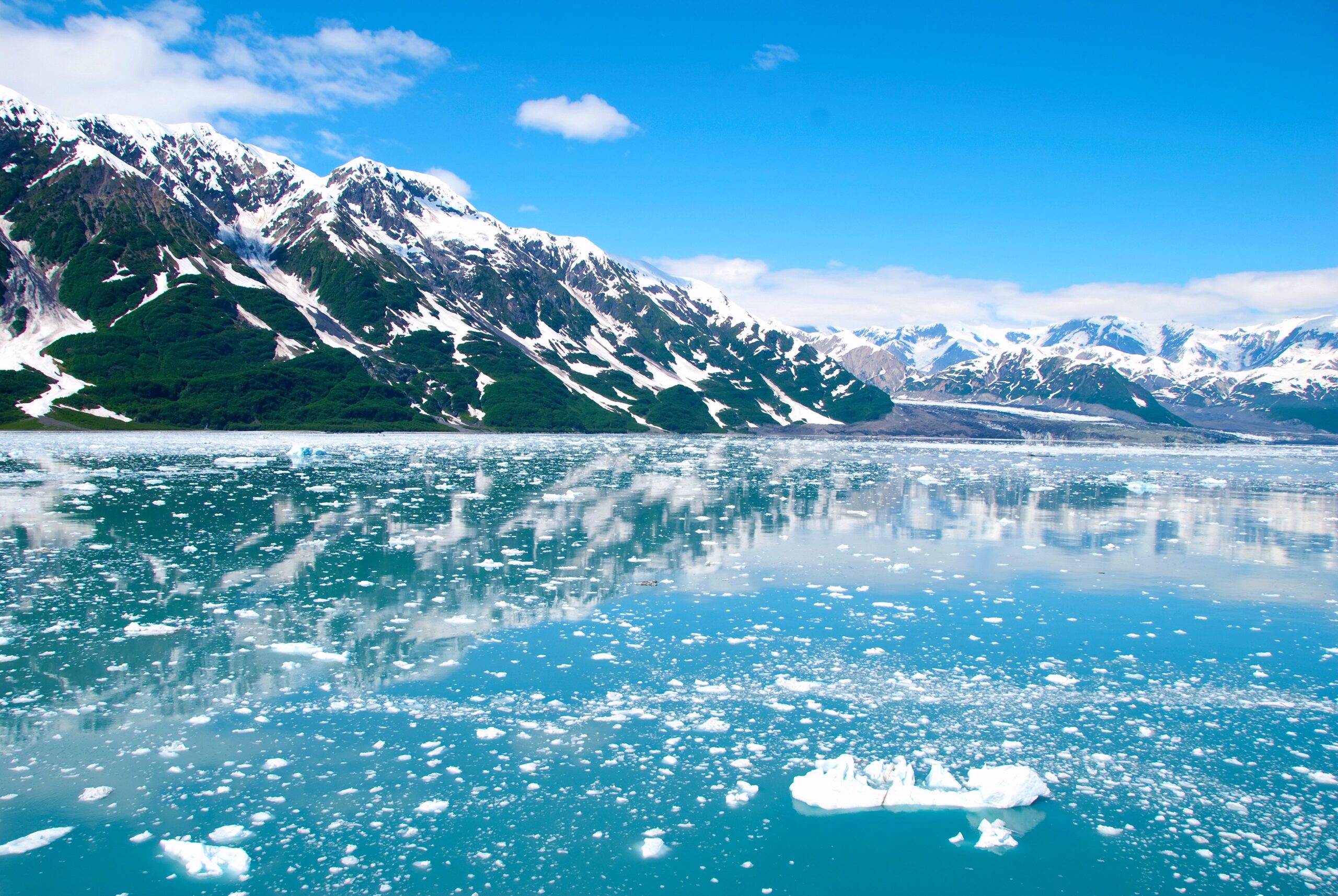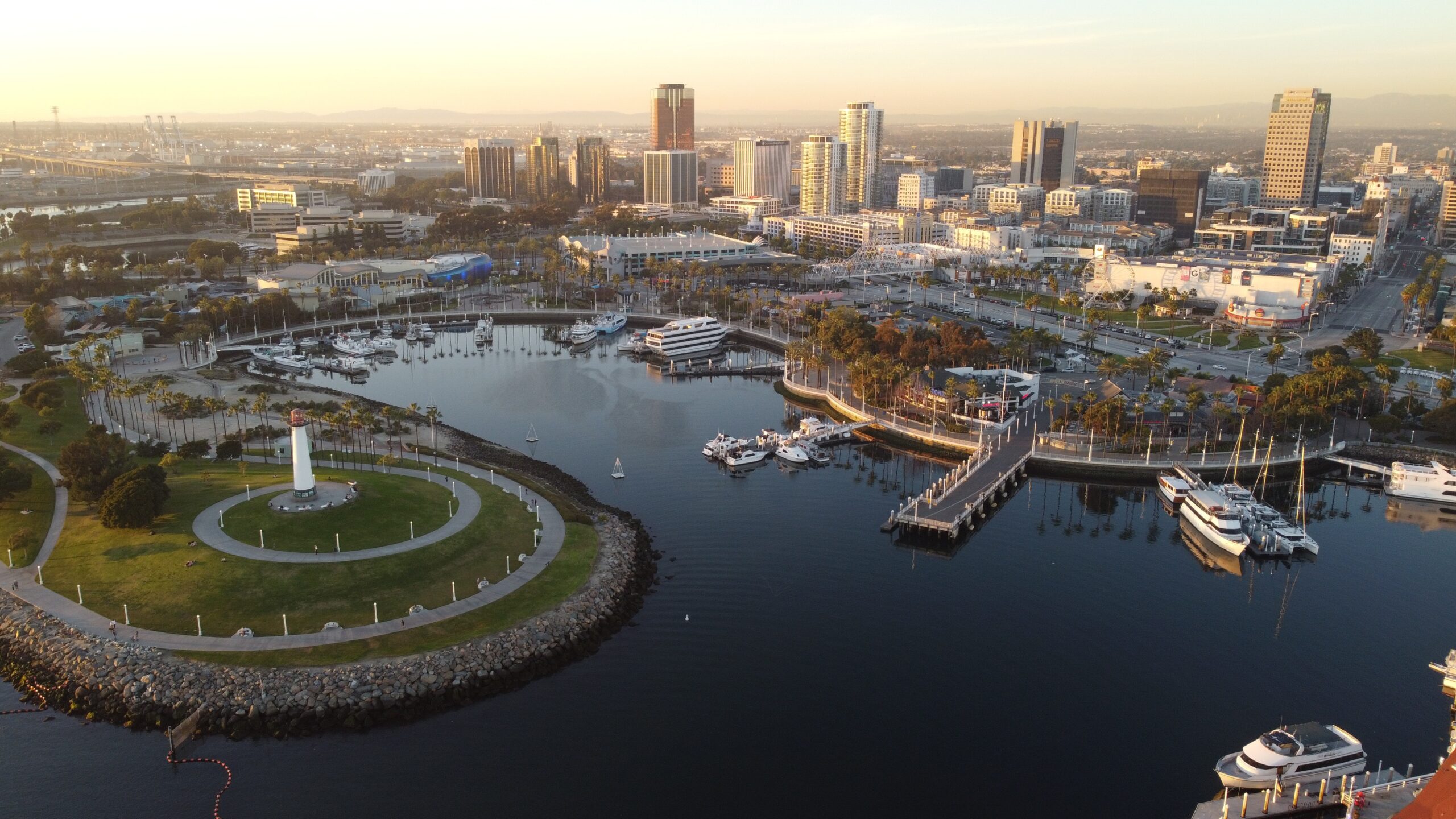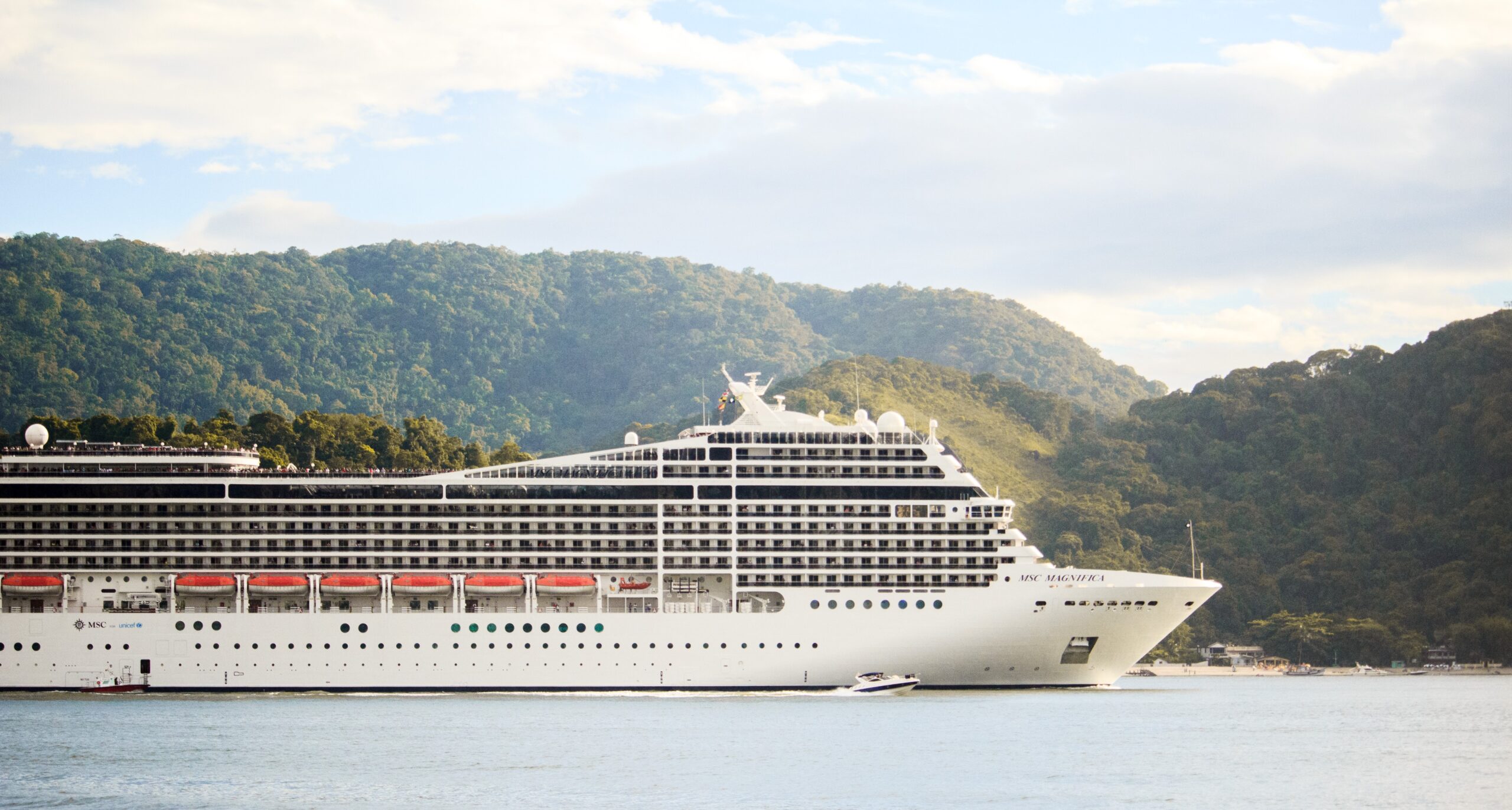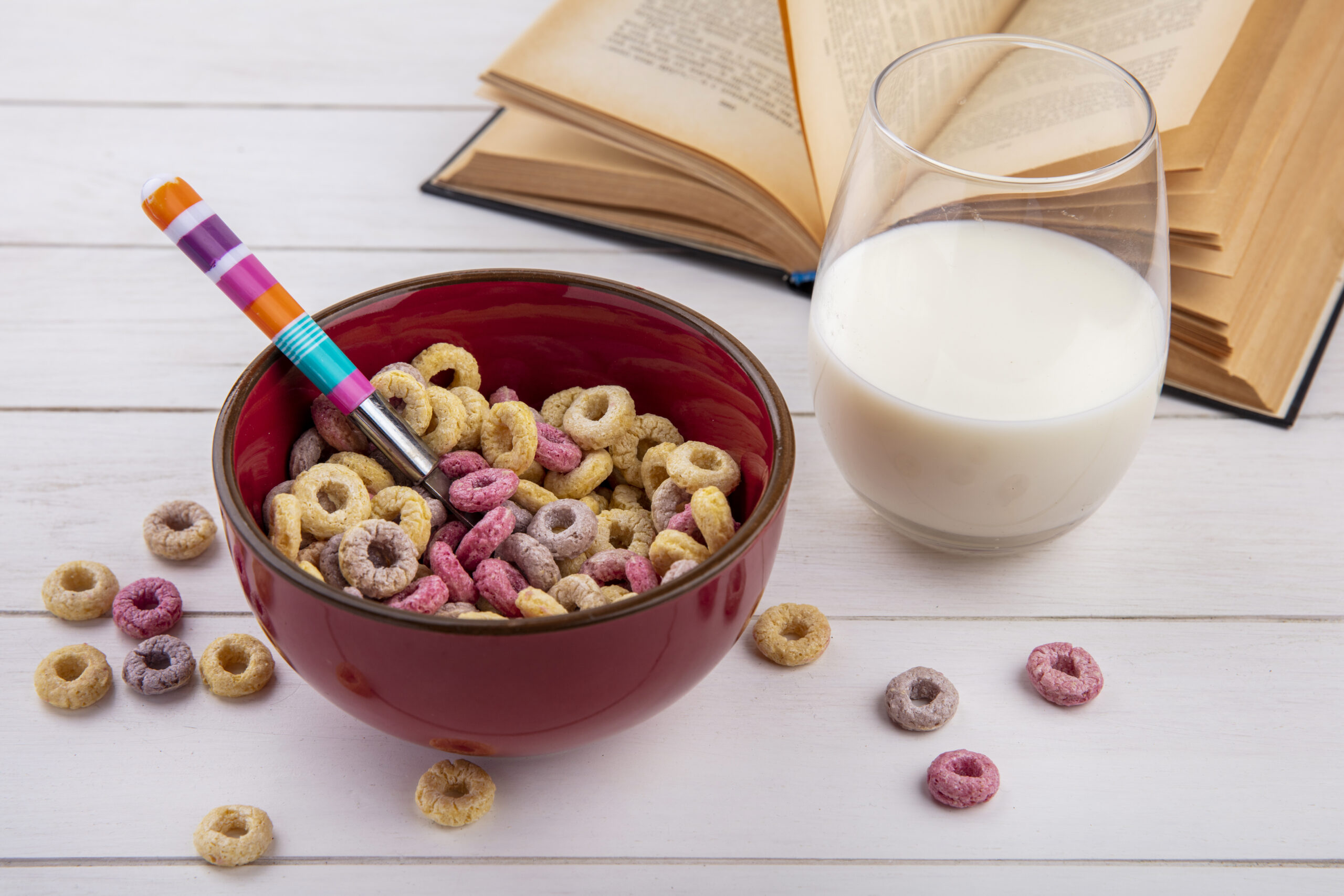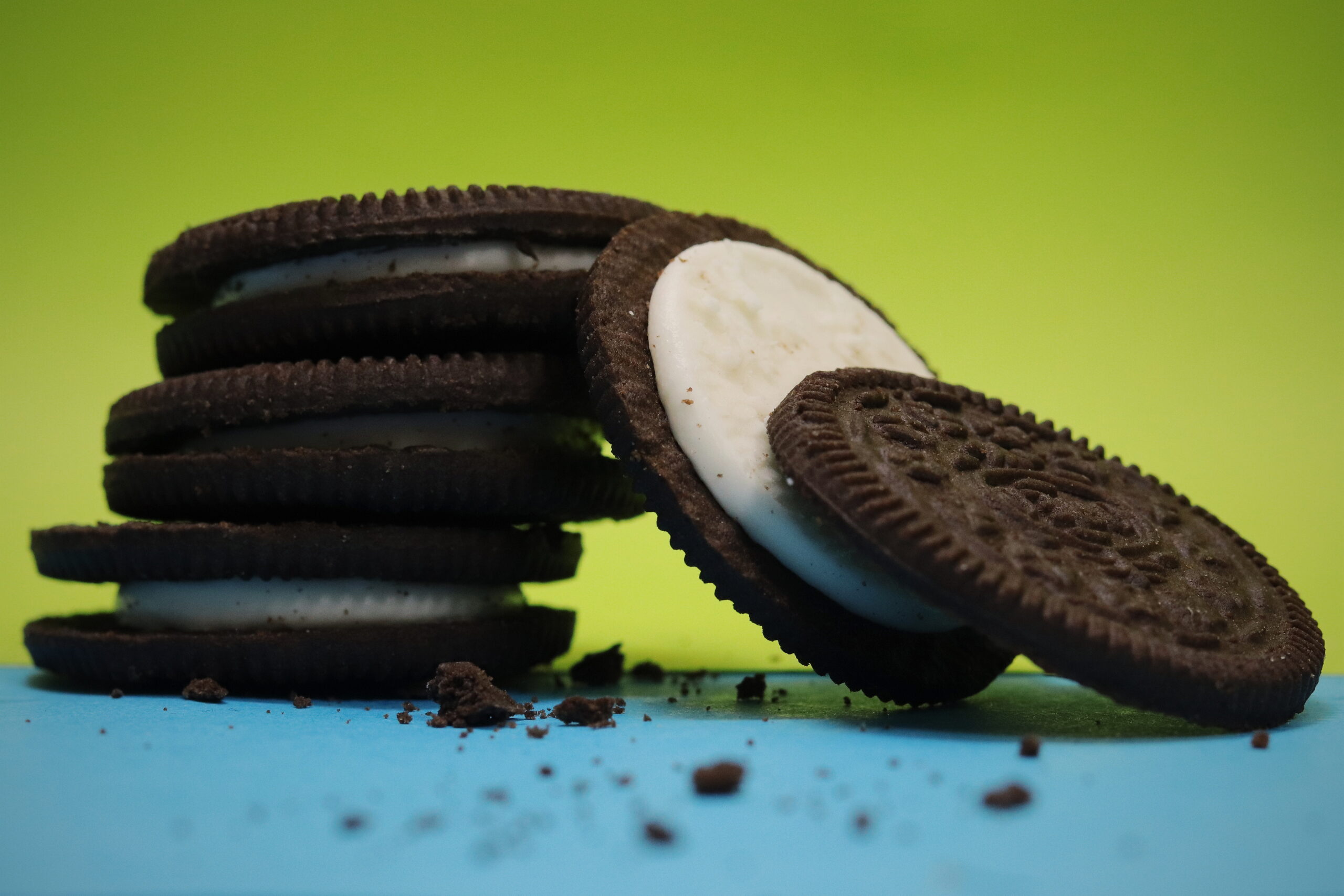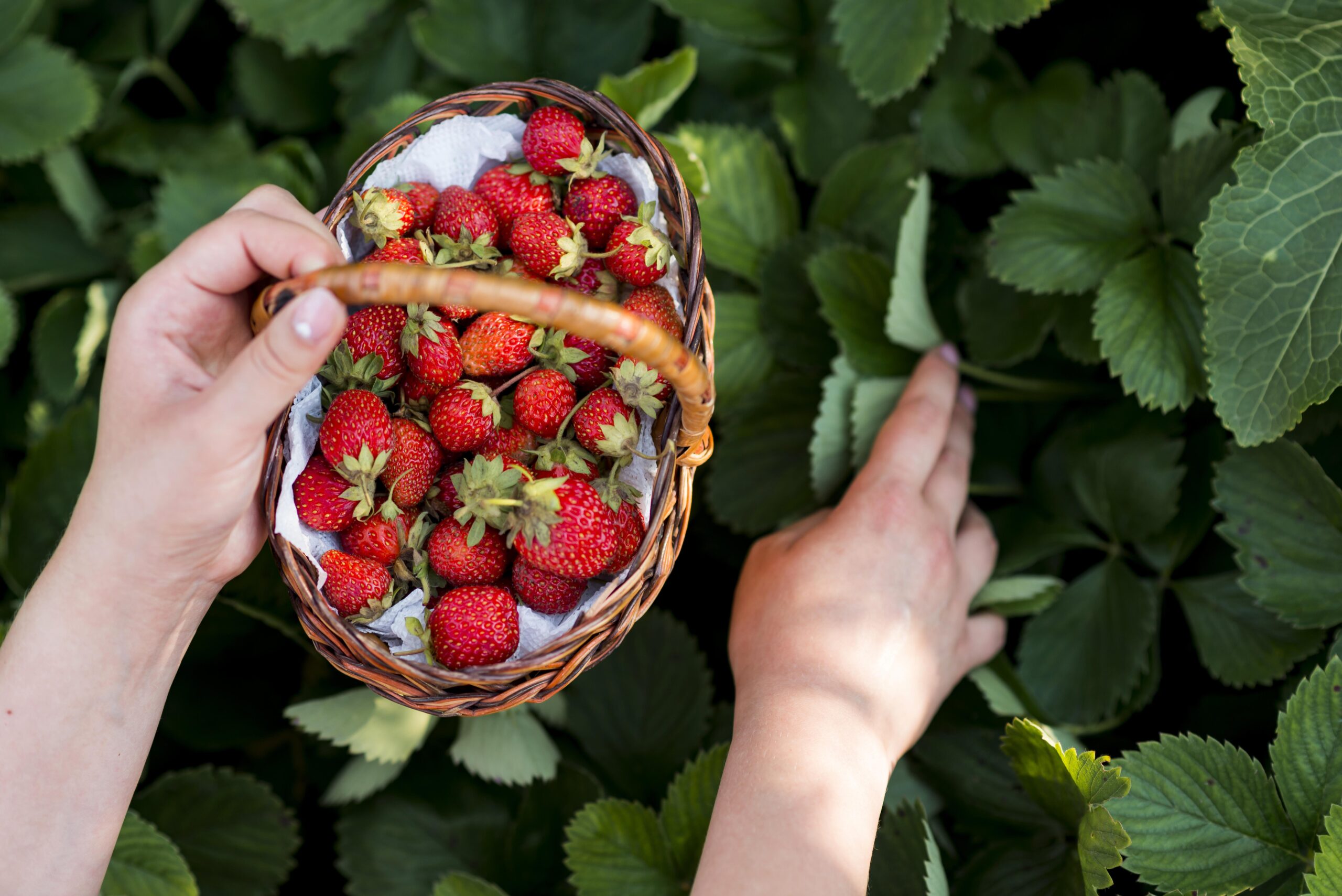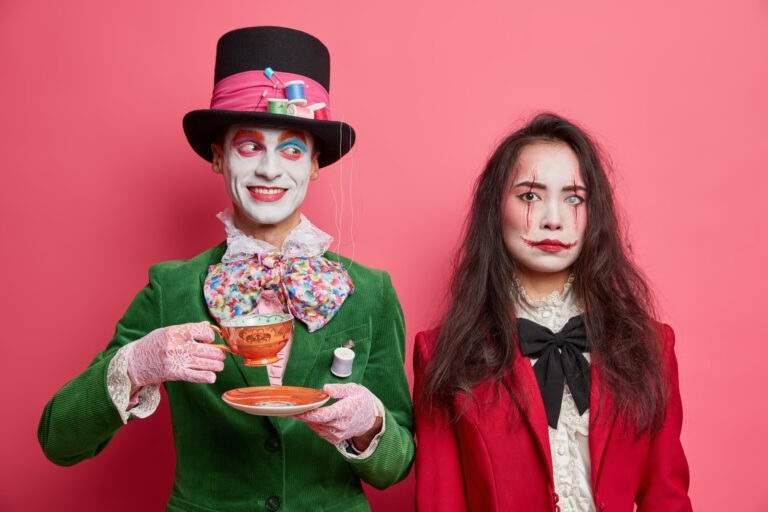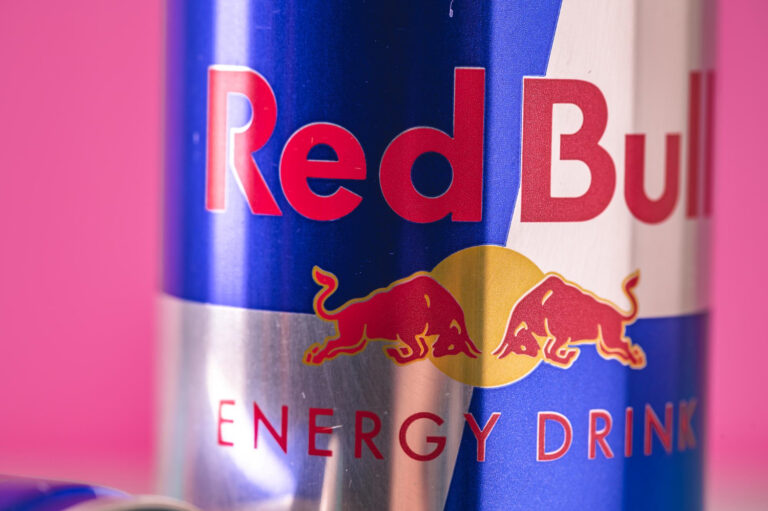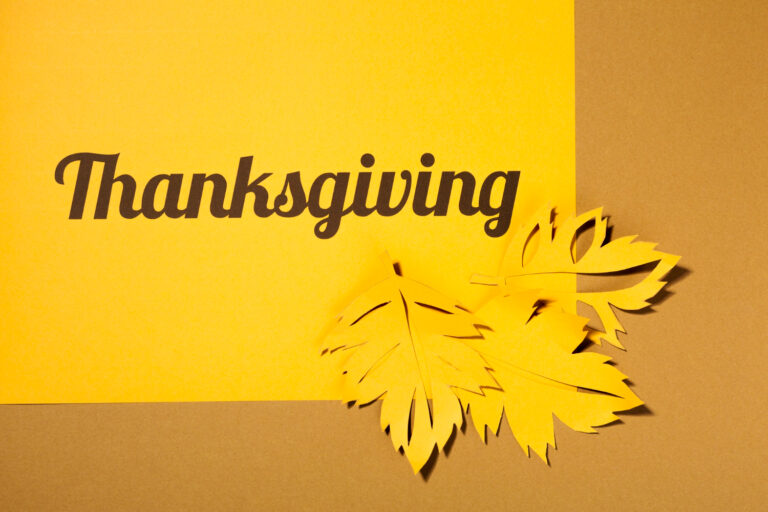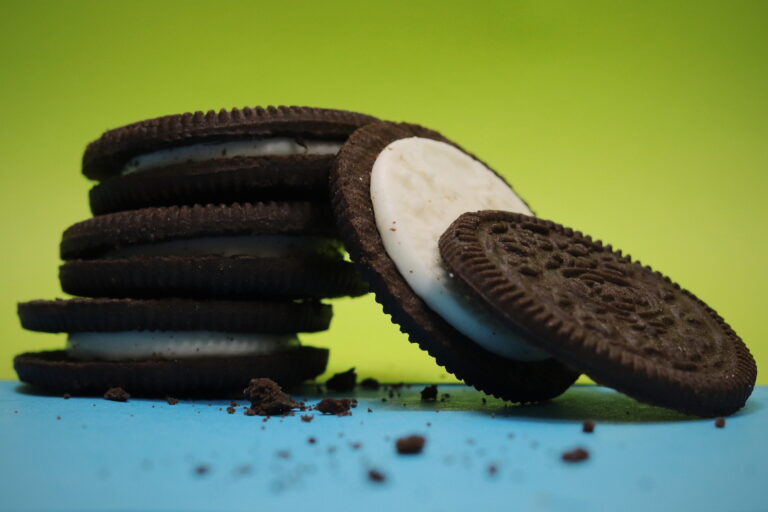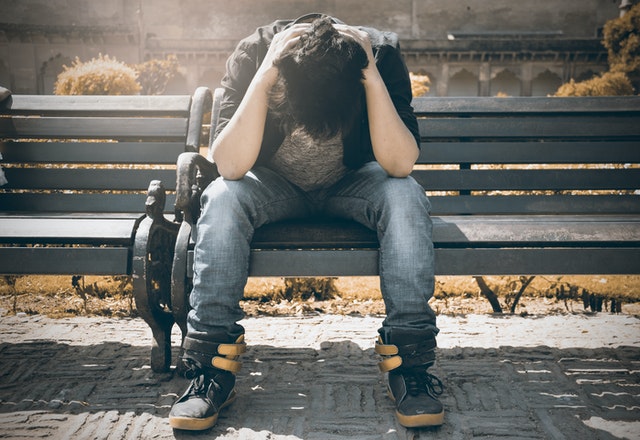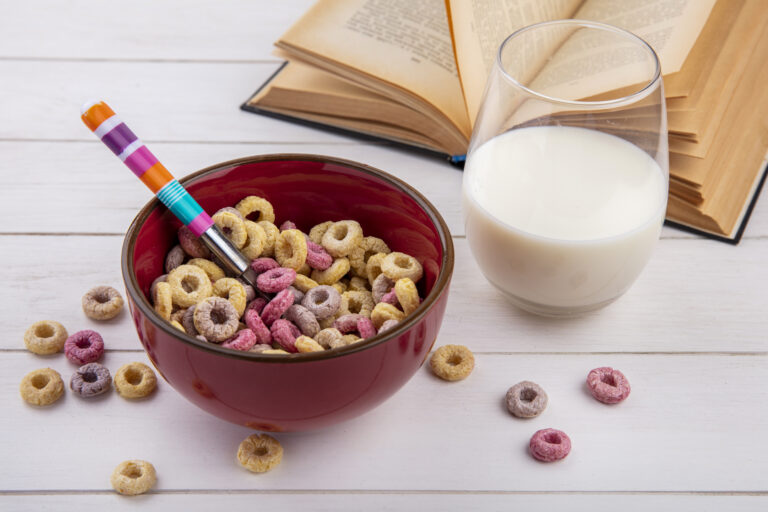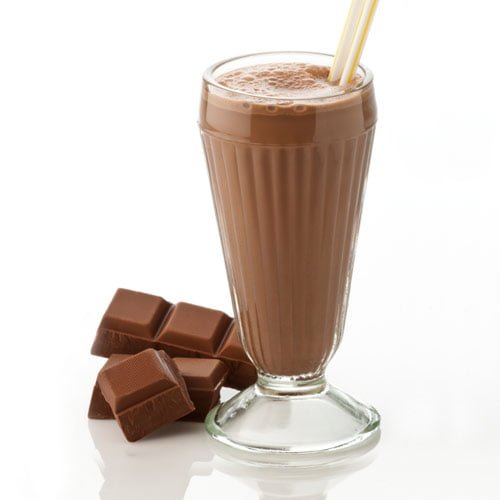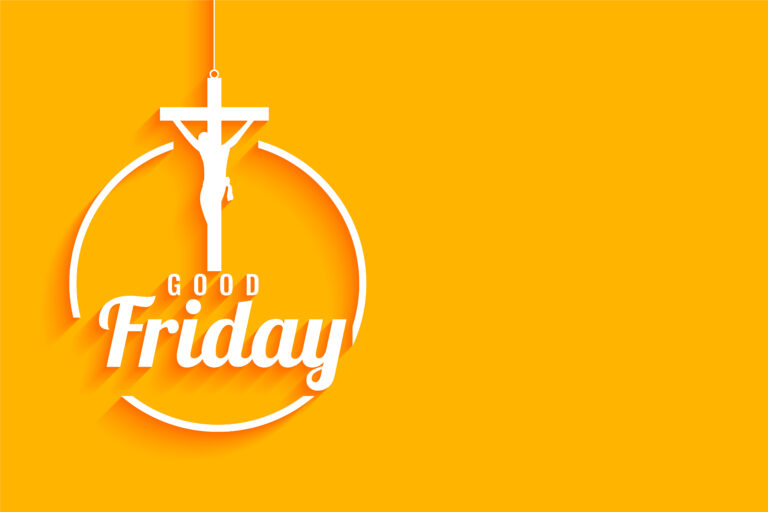Many Americans celebrate Native American’s Day on the second Monday of October. This is the same day as Columbus Day. For some states, Native American’s Day serves as an alternate holiday for Columbus Day, as Christopher Columbus’s efforts in the Americas make up a painful period of Native American history. It is only a state holiday in South Dakota and a city holiday in Berkley, California, where it is called Indigenous People’s Day.
South Dakota’s celebrations feature educational events that spread awareness of Native American culture and heritage. There are often exhibits and learning events surrounding Native American traditions. The Berkley celebration is mostly held by community groups, such as cultural organizations and churches. These groups will also hold events celebrating Native American culture through pow wows and market events.
Although only South Dakota and Berkley officially celebrate the holiday, Americans all over the country may observe the day, especially areas with large Native-American communities, instead of Columbus Day.
Holiday History
The South Dakota established the “Year of Reconciliation” in 1989, which was a year designated for the shift from Native American Day to Columbus Day. After this year, an annual day was observed in place of Columbus Day. A popular celebration takes place at the Crazy Horse memorial
Berkley stopped celebrating Columbus Day in 1992 after being replaced by Indigenous People Day. The citizens of Berkley still debate over the issue of celebrating Columbus Day vs. Native American’s Day, with many believing that they should both be observed on separate days.
Native American Customs and Rituals
The rituals of Native Americans vary by cultural group. The many tribes all over the United States have all developed unique rituals over their long history in the Americas. Many of them are still practiced on special days like Native Americans’ Day. These rituals include:
- Pow wows, which are gatherings of North American tribes to celebrate Native American culture. These were originally held in the spring as a celebration of beginnings. These gatherings allowed families to reunite and for traditional dances and songs to be performed. Though this gathering also had a religious tone, early settlers viewed the term to apply to any gathering of Native Americans, a definition that some still use today. Modern pow wows are often held in arenas or other large venues.
- Traditional dances, which vary according to tribe and occasion. Tribes performed dances for religious ceremonies, harvest celebrations, and to bring good luck with hunts and crops. These often took place around fires in open fields.
- Storytelling, which often illustrates events or other customs of Native American tradition. Stories were typically transmitted in the oral tradition from generation to generation. Many observers of Native Americans’ Day tell stories passed down from their ancestors.
- Festivals may serve traditional Native American cuisine, such as frybread, corn and cornbread, turkey, other meats, and berries. This food is usually only lightly seasoned with herbs.
Prominent Native Americans and Tribes
Apache: this tribe of the Southwestern United States is made up of several smaller and culturally different groups. They lived in dome-shaped structures and often traded with tribes in Mexico. The tribe began to weaken, however, in the 1700s due to constant conflicts with the Comanche.
Cherokee: the Cherokee contain seven clans. They usually dwelled in huts made of mud in the Southeastern United States. More than 4,000 Cherokees died on the Trail of Tears on their way to reservations in Oklahoma.
Navajo: a semi-nomadic tribe living in the southwest, they lived in stick houses and often traded with the Spanish. Many died when the tribe was relocated to Fort Sumner, which was 300 miles from their homeland. This is called The Long Walk. The tribe was given 30,000 sheep by the federal government in 1869.
Crazy Horse: this leader of the Oglala Lakota led his people in a fight against the U.S. Government on several occasions, most notably the Battle of Little Bighorn in 1876. He later died during conflicts with Americans in 1877.
Sacajawea: this member of the Shoshone tribe is best known for aiding Meriwether Lewis and William Clark during their 1806 expedition of the United States. Her image is featured on US dollar coins.
Will Rogers: a comedian, actor, cowboy, and social activist who achieved worldwide fame during his lifetime. He was born to Cherokees in Oklahoma Indian territory. Rogers was in 71 movies and authored over 4,000 newspaper columns.
Pontiac: as chief of the Ottawa tribe, Chief Pontiac led a defense of Indian lands in the Great Lakes area from British forces. His fights against these settlers made up Pontiac’s War, a series of attacks by Pontiac’s forces and settlers upon villages, from which many people were taken as captives on both sides.
Red Cloud: an Oglala Lakota tribesman known for his fighting efforts in Red Cloud’s War, which was over Powder River Country in Wyoming and Montana. He served in a leadership role once his people were moved to a reservation.
